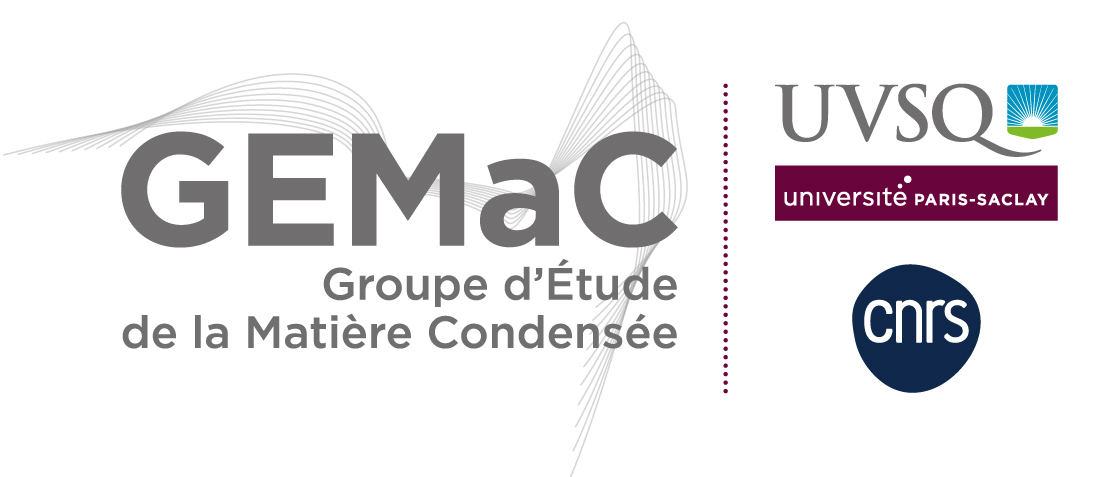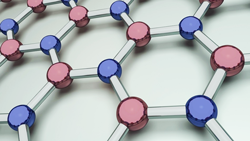The research axis 1 Semiconductors aims to develop and study the physical properties of materials, microstructures and nanostructures based on II-VI semiconductors (in particular ZnO, ZnS... ), functional oxides (SrTiO3, LaNiO3), hybrid perovskites for solar applications (CH3NH3Pb(I,Br)3 and Ruddlesden-Popper compounds), as well as the physics of defects in diamond for its applications in electronics, and the study of two-dimensional materials such as hexagonal boron nitride.
In this perspective, we are developing the epitaxial and characterisation processes and techniques necessary for our programmes. We are initiating partnerships, both within GEMaC and with external laboratories, in order to enhance the value of our materials and strengthen our expertise in optical measurements and structural characterisation.
The scientific project of the Semiconductor axis is oriented on the following themes
- Synthesis of diamond in thin layers in order to control its electrical conductivity. The synthesis is associated with an optical spectroscopy activity with techniques dedicated to the study of doping.
- Study of boron nitride since 2006. The interest of this 2D semiconductor for graphene-based electronic components has emerged since then.
- Nanostructures based on II-VI semiconductors: epitaxy and MOCVD growth mechanisms, study of the doping of ZnO nanowires, lateral or axial complex nano- and heterostructures.
- Optical properties and light emission of 2D and 3D hybrid perovskites for optoelectronics, semiconductors, and quantum structures. This theme covers the study of defects and impurities in semiconductors and nanostructures, quantum confinement, the confined Stark effect, and the effect of constraints.
- Elaboration and functionalization of oxide films. Surface and interface properties are explored: field effect, charge transfer, electric or magnetic polarisation, bi-axial mechanical stress, lifting of orbital degeneracy, chemical reactions in solid phase. In collaboration with the FOX team, this theme includes an activity on epitaxy by atomic layer deposition (ALD, ALE) of functional perovskite oxides such as SrTiO3 and BiFeO3, as well as the elaboration by MOCVD of Ga2O3 films for power electronics.
The team participates in the animation of the scientific community around its themes: GDR PULSE, GDR HPERO, GDR MEETICC, semiconductor nanowires community. We are involved in the training of undergraduate and graduate students from L3 to Master 2, doctoral students, and in teaching courses.







